Neutron stars collide and reveal secrets of the Universe
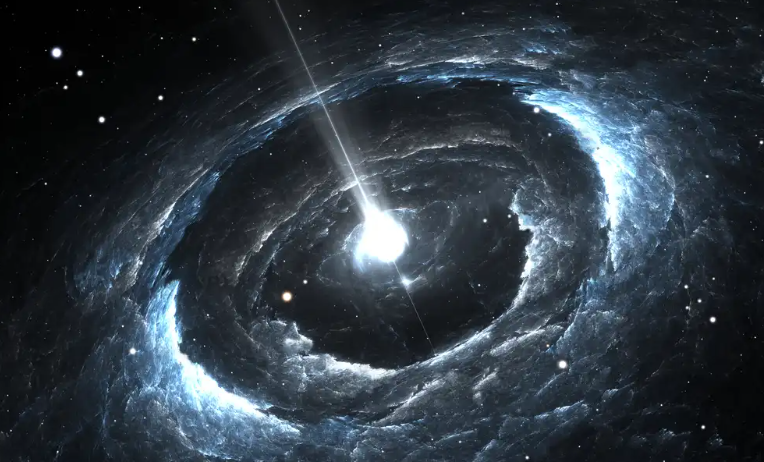
Hello, space adventurers! Today, we are going to talk about a galactic enigma that is driving scientists and astronomers crazy. Imagine you’re at a cosmic party, and suddenly, someone says, “Hey, the Universe is expanding!” and everyone starts moving at different speeds! This is what the expansion of the Universe feels like. But how do we measure this stellar dance? A century ago, guys named Edwin Hubble and his friends put on their fancy suits and measured the velocity of various galaxies around them, discovering that galaxies are moving away from each other due to this cosmic expansion. The velocity of this remoteness is called the “Hubble constant”, and it is like the secret ingredient in the recipe of the Universe.
The problem is that there are two ways to measure this Hubble constant, and they seem to have a disagreement like a family argument at Thanksgiving dinner. Using the supernovae method, we get one number, and using the cosmic background radiation analysis, we get another, the problem is that these two numbers are like two primes that don’t get along at the family reunion. This dilemma, nicknamed the “Hubble problem”, is a burning mystery in astronomy, the expansion of the Universe is measured in “velocity times distance”, but the two ways of measuring it yield slightly different results, which affects important things like the age of the Universe. One gives 12.8 billion years, and the other gives 13.8 billion years. That’s a cosmic year’s difference!
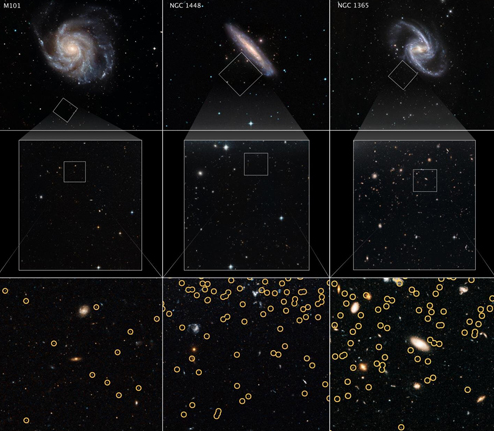
But here’s the exciting part: a young astrophysicist named Albert Sneppen, who seems to be the Sherlock Holmes of space, has a brilliant idea. He says, “Hey, what if we use ultracompact neutron stars that merge and explode into a kilonova,” this explosion is like the fireworks of space and it’s super symmetrical and beautiful. Albert tells us that we can calculate the distance to galaxies by observing how much light the kilonovae emit and comparing it to the light reaching Earth. Thus, we will get a new method to measure galactic distances without complications!
This new method gives us a number closer to the background radiation method, but we do not yet know if it is the definitive answer to the “Hubble problem”, we need more cosmic examples to be sure. So, boys and girls, keep your eyes on the stars and cosmic explosions, because they could hold the key to unraveling one of the Universe’s greatest enigmas. Until next time, space explorers!
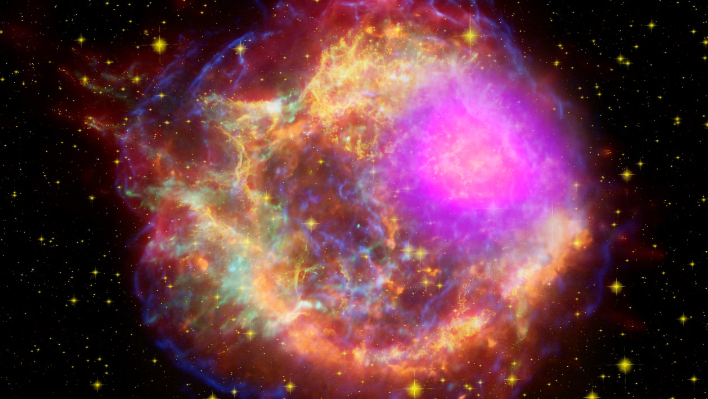
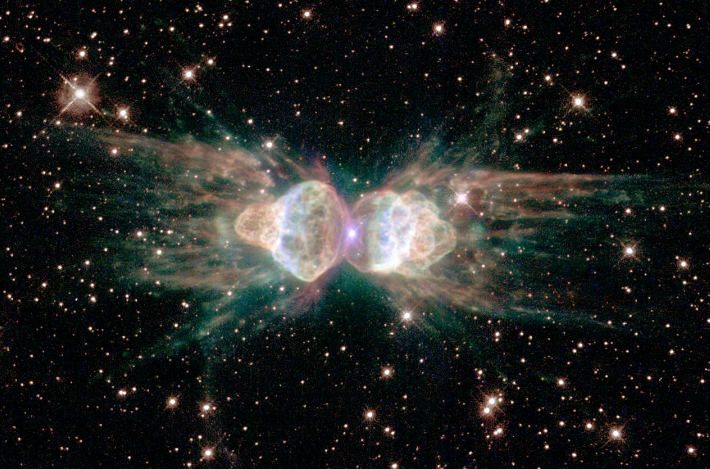
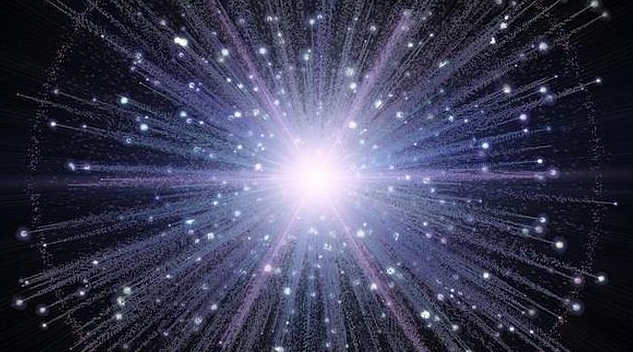
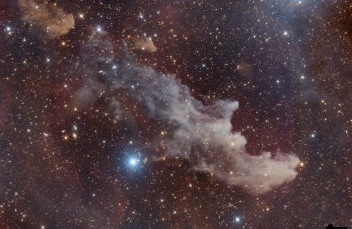
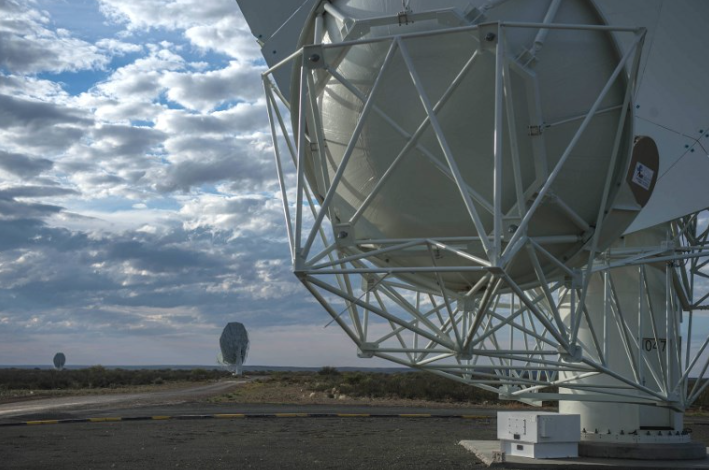
Responses